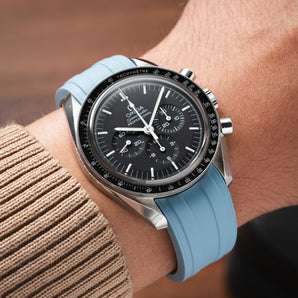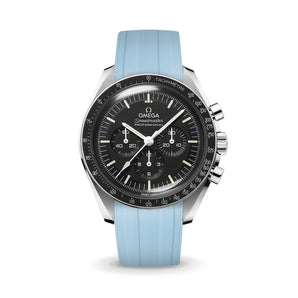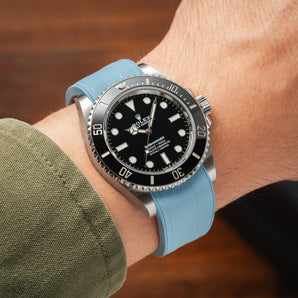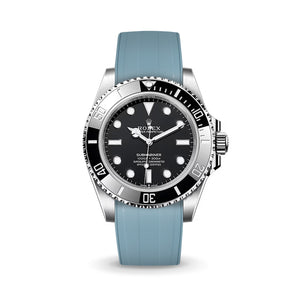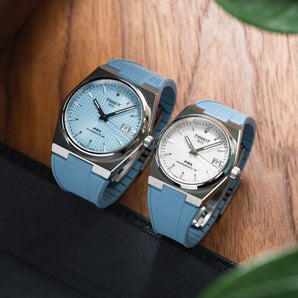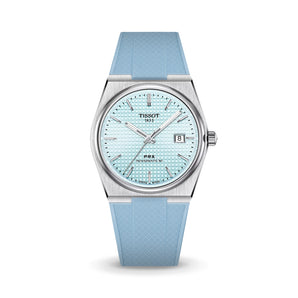While most manufactures jealously guard their movements behind pristine dials, Armin Strom has built its entire philosophy around radical transparency — every component visible, every mechanism on display. Under the leadership of co-founder and master watchmaker Claude Greisler (Co-founder, Master Watchmaker) and Serge Michel (Co-founder, CEO), Armin Strom has evolved from a one-man skeletonising operation into a vertically integrated manufacturer producing some of the industry's most technically ambitious complications.
Claude's background in restoration, learnt at his grandmother's workbench, provides the foundation for a company that has successfully developed proprietary resonance technology. While previous methods relied on main plates and bridges to achieve synchronisation, Armin Strom now uses a direct linkage (Resonance Clutch) between two balance springs for better stability and accuracy.
What sets Armin Strom apart in today's crowded independent landscape is their willingness to tackle genuinely unsolved problems in mechanical timekeeping. As independent brands face increasing pressure to differentiate in a market flooded with beautifully finished time-only pieces, Claude's insights into engineering innovation, manufacturing philosophy, and the critical importance of direct customer feedback offer a blueprint for sustainable growth in the luxury watch sector.

Brand Philosophy & Core Identity
Ken: What makes Armin Strom special? If you had to describe Armin Strom to someone discovering the brand, what makes it different from other independent brands?
Claude: In very few words, "movement first". Armin Strom creates watches around the movement. Our brand philosophy is that we never cover the movement with the dial — the movement should always be visible from both the front and the back. This belongs to Mr. Armin Strom's philosophy. He was known for skeletonised watches because he had this vision that the movement should never be covered.
Today, creating our own movements in-house is a parallel process. From scratch, we think about how the movement could look in the end.
"Movement first" drives the company. The watch movement is always the most important part for Armin Strom.

Innovation Drive & Brand Evolution
Ken: I've known the brand for years. I got my first piece two years ago at Dubai Watch Week. Two things impress me about Armin Strom. First, you have watches across different price points — from the Tribute One to the Gravity Equal Force to the Resonance. Same design philosophy across price ranges. Second, you focus on movement innovation, not just finishing. You focus on the technical engineering side, creating complications like the Resonance. What drives that innovation? Personal curiosity as a watchmaker, or differentiation from other independents?
Claude: When we took over from Mr. Armin Strom in 2009, he was known for hand-skeletonised watches. He purchased existing movements and skeletonised, engraved, and hand-finished them, much like a tuning company. In 2009, we realised that to create a brand from this very small company, we had to create our own movements applying our vision of watchmaking.
Our vision was crafting unique pieces where the mechanism itself is unique, giving added benefit, finished in the best way possible by hand.
Watchmakers are driven by perfection. When you can create new movements, you try to do better than your competitors. We have the latest CNC machines and CAM software, where we can engineer movements. We can play with different approaches — the Tribute One has a 100-hour power reserve in a 38mm case, the Gravity Equal Force has a constant force spiral combined with microrotor winding.
Movement innovation is extremely important. One perfection is timekeeping — more power reserve or more precision, like the Resonance. The other perfection is finishing, inherited from Mr. Armin Strom. The salt and pepper of Armin Strom is movement innovation and finishing.

Technical Deep Dive: Dual Time GMT Resonance
Ken: Let's talk about the Dual Time GMT Resonance released last August. This isn't totally new — you had the Masterpiece One in 2019, but last year you released a much smaller 39mm version. How difficult was it to shrink a movement from that big to that small? What happened between 2019 to 2024 that allowed you to shrink it down?
Claude: The new Dual Time GMT Resonance is completely redesigned. To shrink down the gear trains, barrels and winding system, we recreated all the components. The only components we kept from the existing Resonance are the two balance wheels, the Resonance Clutch, and the escapement. Everything else, including screws, was completely redesigned for the 39mm case.
The Masterpiece One used a different approach — each movement driven by a double barrel with 110 hours of power reserve. It's not just taking parts and squeezing them smaller. It has to be re-engineered.
Downsizing from oval to round took almost two and a half years to ensure the Resonance is reliable and gets enough power reserve from two very small barrels.
Ken: You said two and a half years. How much time is spent on computer design versus manufacturing parts versus testing?
Claude: Engineering was nine to 12 months. When you shrink a wheel, the teeth shape, torque, and everything have to be readjusted. You rethink the whole gear train. If you shrink wheels and create new profiles, you need new tools. Tooling is expensive and takes time. We cut all our gear trains in-house, so we had to order new tools.
The assembly didn't take much time. We have a good engineering team — the watchmakers assembled it, and the watch almost worked immediately. We created a completely new ratchet mechanism on the dial side to counterbalance the Resonance animation. It's three-dimensional and creates the click for both barrels simultaneously. That took prototyping because of spring adjustments.
Decoration always needs time because there are many tools involved, and experience is needed on new parts with different access angles for polishing.

Engineering Philosophy & Problem-Solving
Ken: When you embark on projects like this, do you know it can be done from the start, or is there uncertainty?
Claude: Resonance proved that everything can be done. We launched Resonance in 2016, started prototypes in 2013. We launched manufacturing from scratch in 2009, producing main plates, bridges, wheels, pinions and screws. That takes time — building experience and knowledge in-house.
After four or five years of gaining experience, we thought about re-engineering mechanisms. I have a strong connection to Resonance from working on a double pendulum clock as a student. I realised how much benefit Resonance brings, but only a handful of Resonance wrist watches existed, and they didn't have built-for-purpose solutions.
The Resonance Clutch is a flexible suspension between two hair springs — completely new to the watch industry. No other brand does flexible suspension. There's no watchmaker book teaching how it's built. You have to figure it out.
As a small team, we approached universities because we had failed initially. Our Resonance Clutch worked sometimes, but not in all positions. We believed there was a way because the potential was huge. We had to think outside the box — how can a small watch brand with 10 people collaborate with universities to push boundaries and reinvent mechanisms?
Watchmakers are always driven by the goal of making watches more precise. When you enter watchmaker school, they give you a basic movement and challenge you to set it up as close to zero as possible. Resonance is a 400-year-old phenomenon. If you have the chance to create movements, you want to improve something (like an engineer). If you wake up one day without the motivation to make things better, then maybe you're not an engineer anymore.

Hand-Finishing vs. Machine Manufacturing
Ken: That drive keeps Armin Strom innovating. You talked about finishing — the other part of salt and pepper. Movement finishing is table stakes for independent brands now. Modern CNC machines can do finishing that previously required handwork. How do you see this trend influencing hand finishing at Armin Strom? What's the value when a machine can get 80% there?
Claude: I strongly believe in hand-finishing. For mass production, you can industrialise finishing operations differently. With lower quantities and a handful of machines, the setting and production spirit are completely different.
I would never replace hand finishing with machines. It's not that I doubt machines can do high-end finishing — it's the philosophy of spending time.
Our components are made from alloys — German silver, titanium and brass. They need attention to be finished. Our people work through microscopes, taking care of every single scratch.
If it's done by hand, it's perfect, but the person behind it gives it a personal touch. I could even tell you who did the finishing; everyone has their own style. They may all try to do anglage the same way, but there will be differences. That difference is the human touch, like a handwritten letter. Even computer handwriting can be almost too perfect or without soul.
The general effort put into a watch — assembled by humans — I believe you can feel how much passion they spent adjusting, assembling and turning screws. The reference is always handmade — the hand-painted painting is a reference for computer printing. Likewise, the hand-crafted bevel is a benchmark for machines.
Ken: At your production scale, hand finishing is more economical, and there's the artisanal soul. Watches today are art pieces — like buying an actual painting versus a print.
Claude: Exactly. My background is watch restoration — trained by my grandmother to assemble watches. For me, the human touch in watchmaking is an artwork. For the emotion we want to show people, we don't cover movements with dials. We show all components — screws, pinions and wheels. People feel the energy that goes into the watch, and how many human hours were spent.
Ken: You mentioned machines that can take raw material and create finished cases. Would that be in Armin Strom's future? Where do you draw the line between machine help and hand finishing?
Claude: Watchmakers always used machines to produce parts. Back then, lathes were hand-driven; today they're computer-driven. We need machines to create components. I chose CNC solutions because if I can work with the latest technology to create raw parts as perfectly as possible, that aligns with my vision of precision.
Finishing is different. Once I have the raw part, how can I make it more perfect? The movement could function as precisely as it needs to, whether decorated or not. Decoration exists because our philosophy has the movement visible — it becomes part of the watch's appearance. How we layer movements, finish them and choose finishing creates contrast and highlights.

Manufacturing Complexity & Supply Chain
Ken: Let me geek out — how many parts in the Dual Time GMT Resonance?
Claude: Close to 300 parts.
Ken: 300 parts assembled into one piece. How do you track production schedules across multiple movements — Tribute, Resonance, non-Resonance pieces?
Claude: Supply chain is a huge challenge. First five to seven years, I knew what was in which box. With 460 pieces now, it's completely different. We have two people focusing on the supply chain.
We keep everything in-house. I set up the company where modelling work mirrors workbench work. They're all trained watchmakers. We start with the main plate, build components, do pre-assembling in 3D, then assemble pre-assembled parts on the main plate. From scratch to assembly follows the same philosophy — putting components together to create new components.
Ken: This whole system was something you had to create?
Claude: We had to learn. Setting up a company to do Resonance is challenging. After COVID-19, the demand for independents became bigger everywhere. My business partner Serge and I asked what the future should bring. Should we stick to the current size and focus on high-end pieces to optimise turnover? Or stick to our philosophy, offering a full range?
Since we're collectors ourselves, from simple three-hand to complicated watches, we decided to offer the full range of watches and increase capacity.
Going from 200 to 400 watches, we realised some operations still have only one person — hand-engraving, turning machines. We had to go bigger to secure production.
By increasing capacity, we can focus on new developments. When you have high demand for existing products, there's no room for new products. We're into movement innovation and creation, so we're always having ideas for new movements. Supply chain and logistics became important — things we didn't consider when everyone knew where everything was.

Future Innovation & Patents
Ken: Can you share upcoming innovations?
Claude: Resonance is important because we realised the benefit of two movements beating in sync. Many complications struggle with energy, like chronographs and perpetual calendars. We can consider optimising these using two synchronised movements.
There are unsolved problems in mechanical wrist watches that we can maybe address. It's difficult to explain without revealing details because patents are pending. There's cool stuff coming with Resonance, maybe not how people imagine.
For the most recent release, we downsized Masterpiece One, and Masterpiece Two is sold out. Most probably, a downsized Minute Repeater is coming next year.
Ken: You mentioned patents. How important are they? Do you aim for certain numbers?
Claude: It's about protecting ideas. It's easy to copy mechanisms. Resonance and Gravity Equal Force are two important patents because they can protect quite a wide range. If you have something new that solves several problems, it makes sense. If you just do something different, it doesn't make sense unless someone copies your way exactly.
Many patents in the watch industry are more about marketing than real protection.
Ken: How many patents does Armin Strom have?
Claude: Six patents in general.

Customer Connection & Market Insights
Ken: You're here in Singapore, visited Bangkok, and are going to Hong Kong and Taiwan. What's a master watchmaker doing in the Far East? How important is meeting collectors?
Claude: Very important. There's human effort in watches. Sharing passion and explaining what we do — we can do this online, videos, Instagram Stories — but close contact with customers, listening to them and testing reactions is crucial.
If I create watches in Biel and never share them with end consumers, I couldn't improve. The more I share and talk to customers, the more feedback we collect to improve products. Trends like downsizing — when the sales team suggests smaller sizes, I ask why. But when five people say the watch looks good but feels too big, that motivates downsizing because they love the movement but can't wear it.
Getting direct feedback about sizing, dial preferences, sapphire versus other materials — these conversations are important.
Closing Thoughts
Perhaps the most revealing insight from Claude's perspective is how modern independent watchmaking success requires a fundamental rethinking of the traditional Swiss model. His assertion that "if you wake up one day without motivation to make things better, maybe you're not an engineer anymore" encapsulates the relentless drive needed to solve genuinely difficult problems, like resonance synchronisation or movement miniaturisation. Armin Strom's willingness to collaborate with universities when their internal expertise hit limits demonstrates a pragmatic approach to innovation that many heritage brands would find culturally impossible.
Claude's emphasis on maintaining hand-finishing not just for marketing purposes, but because machines cannot replicate the subtle variations that give each watch an individual character, offers a compelling argument for the continued relevance of artisanal techniques in an increasingly automated world.
Most significantly, his commitment to direct customer engagement, travelling across continents to gather feedback that directly influences product development, illustrates how successful independents must remain deeply connected to their end users. In an industry where tradition often resists change, Armin Strom's evolution from a single craftsman to a manufacturer producing 460 pieces annually while maintaining engineering innovation and artisanal finishing standards provides a roadmap for sustainable growth without compromise.
You can learn more about Armin Strom by clicking here.
*Responses have been slightly edited for length and clarity.
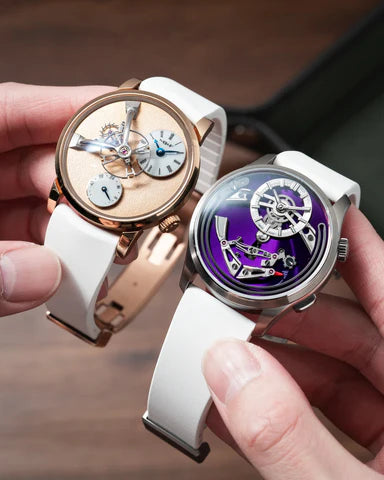

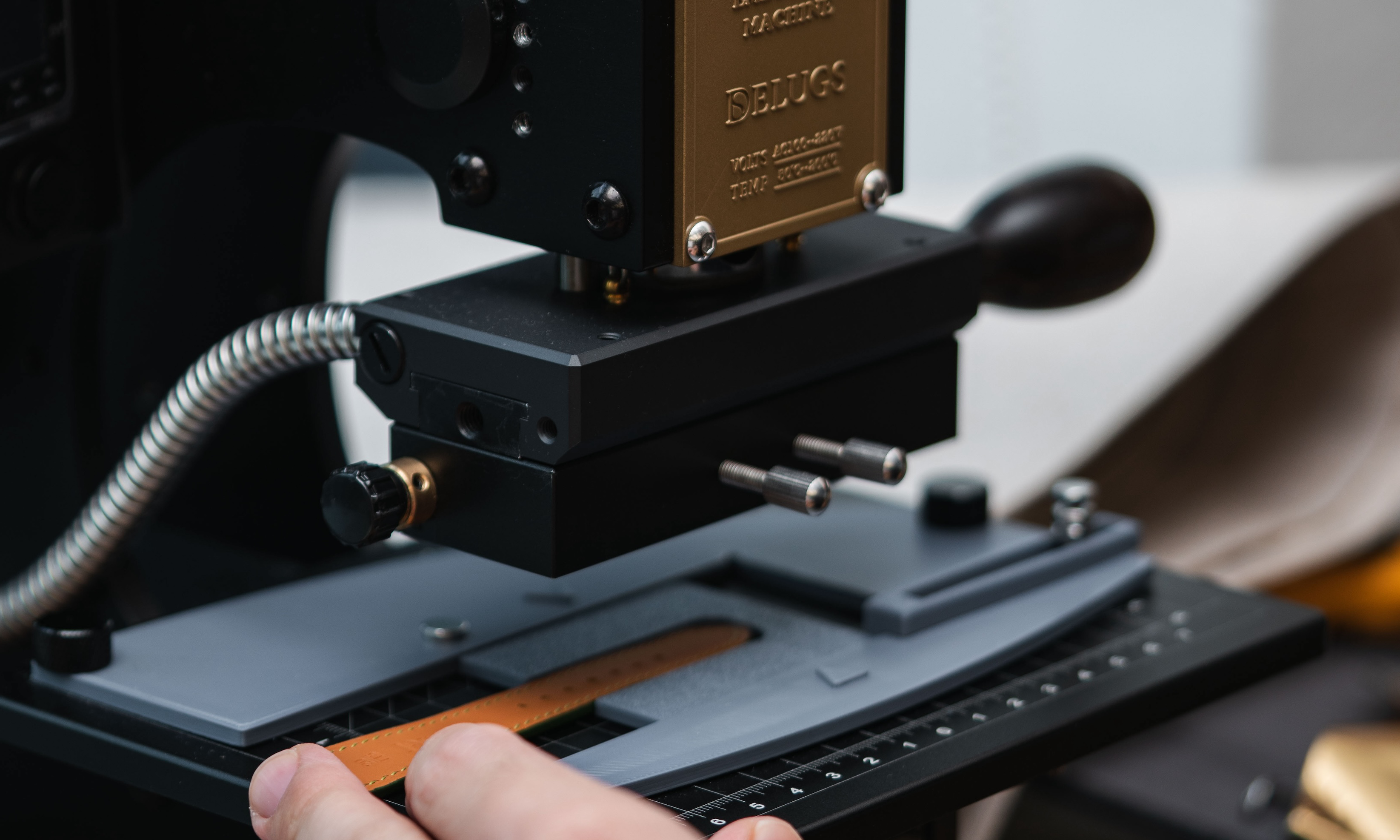


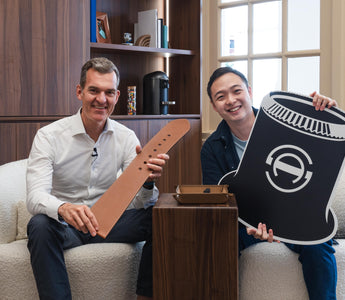
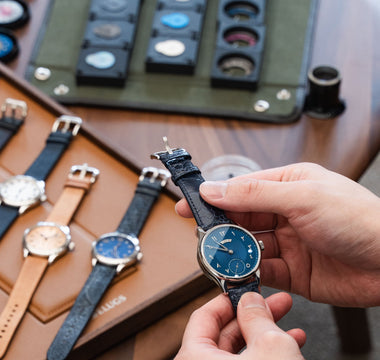
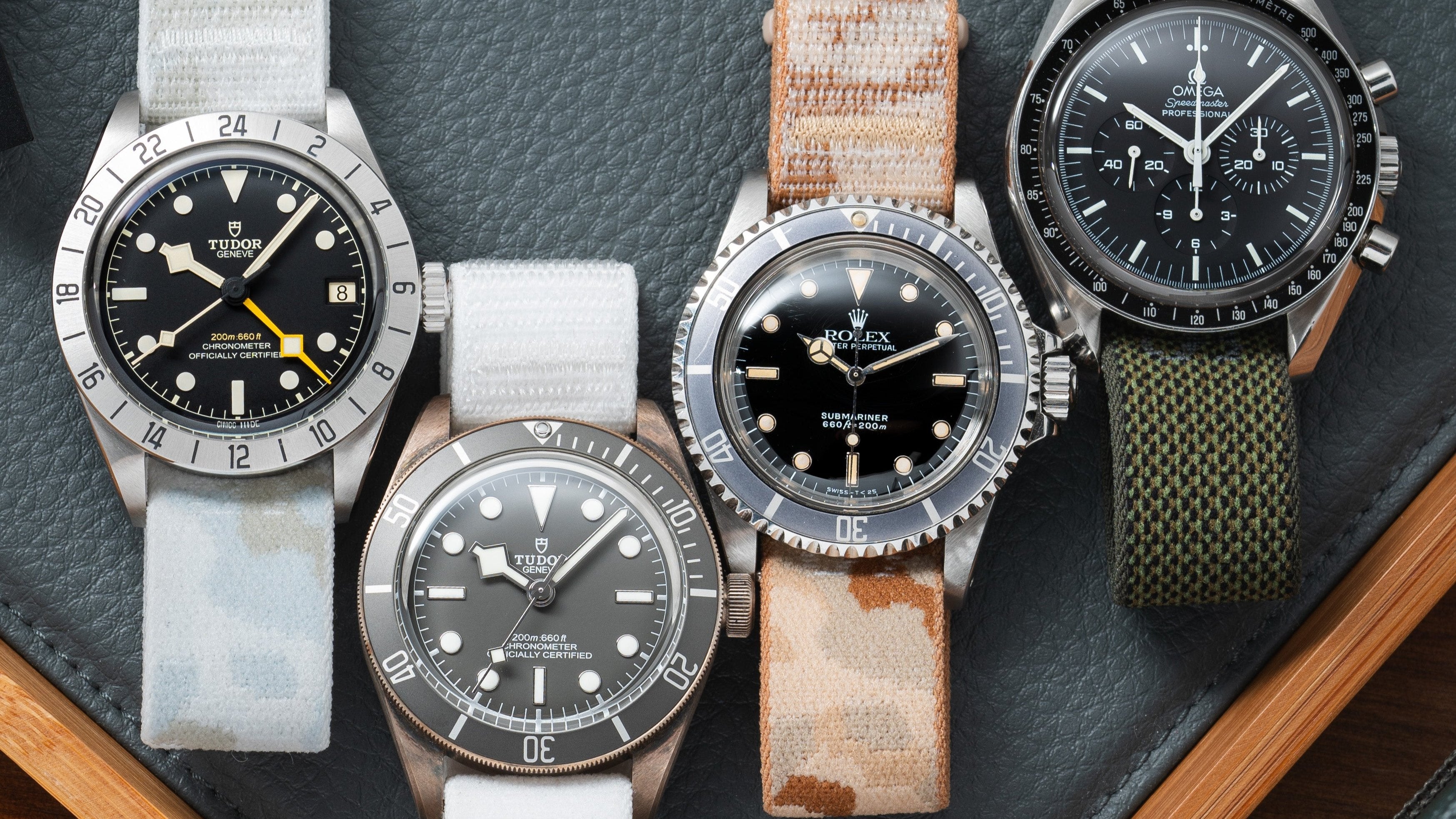
![Anthracite Hook Strap [kollokium x Delugs]](http://delugs.com/cdn/shop/files/20250919-A7405309_298x298_crop_center.jpg?v=1761299094)
![Anthracite Hook Strap [kollokium x Delugs]](http://delugs.com/cdn/shop/files/Kollokium_straps_Anthracite_1_298x298_crop_center.jpg?v=1761299094)
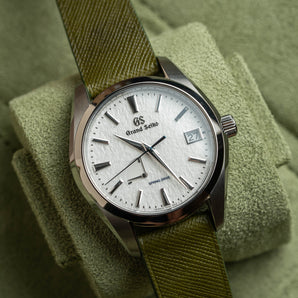
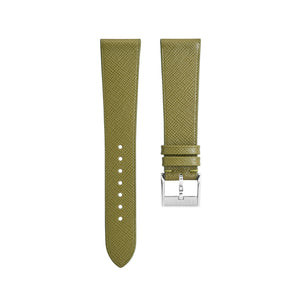
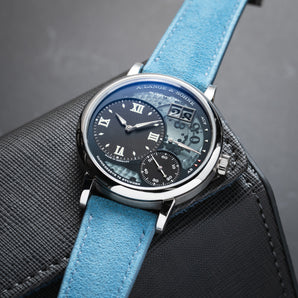
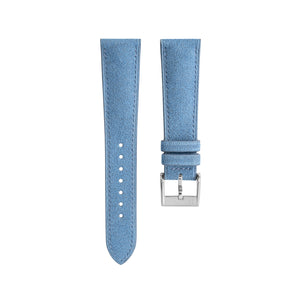
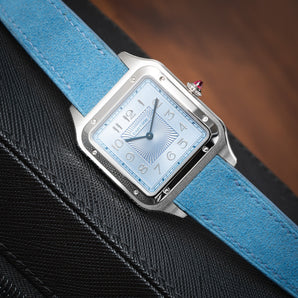
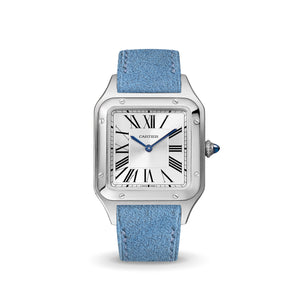
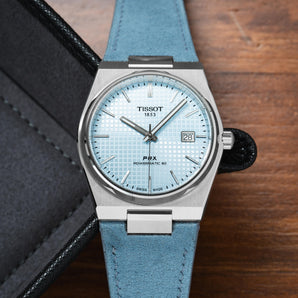
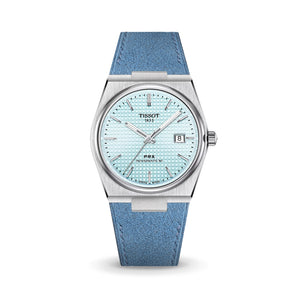
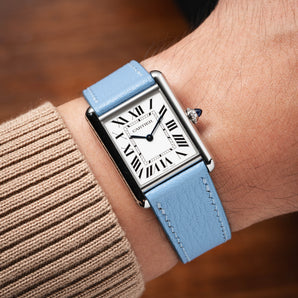
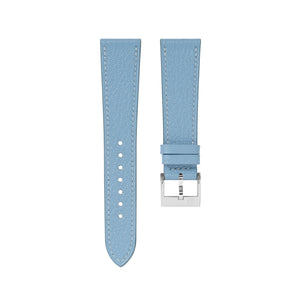
 Buy One, Get One 15% Off
Buy One, Get One 15% Off
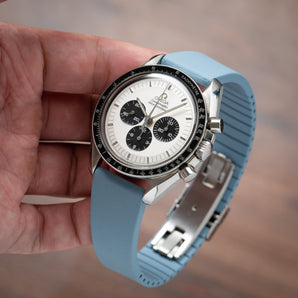

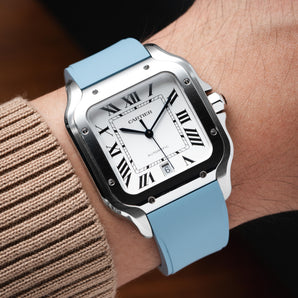
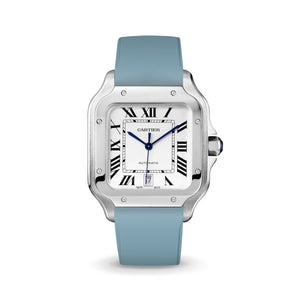
![Baby Blue CTS Rubber Strap for IWC Ingenieur [Prototype]](http://delugs.com/cdn/shop/files/20251001-DSC02482_1_298x298_crop_center.jpg?v=1759730616)
![Baby Blue CTS Rubber Strap for IWC Ingenieur [Prototype]](http://delugs.com/cdn/shop/files/IWC_Ingenieur_Rubber_CTS_Baby_Blue_298x298_crop_center.jpg?v=1759303635)
